Gendered Labor in Specialized Economies
Gendered Labor in Specialized Economies
Archaeological Perspectives on Female and Male Work
Edited by Sophia E. Kelly and Traci Ardren
University Press of Colorado
Boulder
2016 by University Press of Colorado
Published by University Press of Colorado
5589 Arapahoe Avenue, Suite 206C
Boulder, Colorado 80303
All rights reserved
Printed in the United States of America

The University Press of Colorado is a proud member of Association of American University Presses.
The University Press of Colorado is a cooperative publishing enterprise supported, in part, by Adams State University, Colorado State University, Fort Lewis College, Metropolitan State University of Denver, Regis University, University of Colorado, University of Northern Colorado, Utah State University, and Western State Colorado University.
This paper meets the requirements of the ANSI/NISO Z39.48-1992 (Permanence of Paper).
ISBN: 978-1-60732-482-9 (cloth)
ISBN: 978-1-60732-520-8 (pbk)
ISBN: 978-1-60732-483-6 (ebook)
If the tables in this publication are not displaying properly in your ereader, please contact the publisher to request PDFs of the tables.
Library of Congress Cataloging-in-Publication Data
Names: Kelly, Sophia E., 1981 editor. | Ardren, Traci, editor.
Title: Gendered labor in specialized economies : archaeological perspectives on female and male work / [edited by] Sophia E. Kelly and Traci Ardren.
Description: Boulder : University Press of Colorado, [2016] | Includes bibliographical references.
Identifiers: LCCN 2015047749| ISBN 9781607324829 (cloth) | ISBN 9781607325208 (pbk.) | ISBN 9781607324836 (ebook)
Subjects: LCSH: Social archaeology. | Sexual division of laborHistory. | Industries, Prehistoric. | Handicraft industriesHistory.
Classification: LCC CC72.4 .G447 2016 | DDC 338.4/768dc23
LC record available at http://lccn.loc.gov/2015047749
Cover image courtesy of Maidstone Museum, Maidstone, Kent
To the pioneering archaeologist Anna O. Shepherd and all those who have taught what they learned.
Contents
Chapter 1 .
Craft Specialization and the Comparative Advantages of Gender
SOPHIA E. KELLY AND TRACI ARDREN
Chapter 2 .
Political, Social, Economic, and Ideological Dimensions in the Late Pre-Hispanic Gendered Division of Labor on the North Coast of Peru
CATHY LYNNE COSTIN
Chapter 3 .
Crafting Feminine Subjects: A Diachronic Interrogation of Gendered Production in the Andes
PILAR MARGARITA HERNNDEZ ESCONTRAS
Chapter 4 .
The Artisans of Terminal Classic Xuenkal, Yucatan, Mexico: Gender and Craft during a Time of Economic Change
TRACI ARDREN, ALEJANDRA ALONSO OLVERA, AND T. KAM MANAHAN
Chapter 5 .
Gendered Labor in Pottery and Salt Production in Northeast Thailand
ALISHA HALLIWELL, ANDREA YANKOWSKI, AND NIGEL CHANG
Chapter 6 .
Complementary Crafts: The Dynamics of Multicraft Production in Banda, Ghana
ANN BROWER STAHL
Chapter 7 .
Characterizing the Gendered Division of Labor within a Hohokam Specialized Economy
SOPHIA E. KELLY AND JAMES M. HEIDKE
Chapter 8 .
The Mobile Woman: Using Ethnoarchaeology to Build Models of Womens Labor Contribution to Craft Production
LAURA A. SWANTEK
Chapter 9 .
Observations on Invisible Producers: Engendering Pre-Columbian Maya Ceramic Production
MICHAEL G. CALLAGHAN
Chapter 10 .
Gender, Craft Production, and the State: Problems with Workshops
BRIGITTE KOVACEVICH
Chapter 11 .
From Warp and Weft to Spear and Spindle: Gender Identity and Textile Manufacture in Early Anglo-Saxon England
SUE HARRINGTON
Chapter 12 .
A Comparative Perspective on Gender in Specialized Economies: Craft Specialization, Kinship, and Technology
RITA P. WRIGHT
Preface
This volume owes a tremendous debt of gratitude to the many contributors, visible and invisible, that made it possible. We wish to thank the original participants in the session organized by Sophia Kelly, Gendered Labor in Specialized Economies, held at the 75th Annual Meeting of the Society for American Archaeology, in St. Louis, Missouri. Your insightful analyses motivated us as we began the long road from conference papers to a coherent (we hope) and meaningful edited volume. Jessica dArbonne, acquisitions editor at the University Press of Colorado, has been a patient and steadfast supporter of this volume during the entire editorial process. Her enthusiasm for the topic from its initial conception was fundamental to the project. Our work as editors was made easier by the skill and labors of our contributors, both those who participated in the original session and the additional scholars we invited to join us in the book project. We hope they are as pleased as we are with the resulting geographical and temporal distribution of topics and perspectives. We are grateful to three anonymous reviewers who shared with us their depth of experience in the archaeological examination of gender in thoughtful and constructive ways. Kathryn Garcia provided editorial assistance at a crucial moment, and we acknowledge her support. Sophia Kelly is grateful to Traci Ardren for embarking on the volume as coeditor and for extending guidance when it was needed most. Sophia could not have asked for a more able mentor, as she navigated a way through her first take at assembling an edited volume. This partnership underscores the generosity and impact of paying it forward to those who are first treading where others have gone and is a lesson that Sophia will bear as a charge for the future.
Gendered Labor in Specialized Economies
Craft Specialization and the Comparative Advantages of Gender
SOPHIA E. KELLY AND TRACI ARDREN
Prehistoric economic relationships are often presented in a genderless manner. Archaeological treatments of gender remain cautious of examining the myriad ways gender is implicated in economies of the ancient world. In recent decades, however, research on the economics of gendered labor in contemporary societies has grown alongside archaeological methods used to delineate the organization of craft production in premodern cultures. Previous research demonstrated that the division of labor along gendered lines is often a fundamental way work was organized in prehistoric societies, and these work habits, in turn, created and maintained gendered ideals ( Ardren 2002 ; Bolger 2008 ; Brumfiel 1991 ; Costin 1998 ; Costin and Wright 1998 ; Crown 2000 ; Gilchrist 1999 ; Hastorf 1991 ; Hendon 1997 ; Joyce 2009 ; Nelson 2007 ; Srensen 2000 ; Watson and Kennedy 1998 ; Wright 1996 ). An understanding of how work was structured in ancient communities along such axes as gender or age can provide critical insight on the processes of economic intensification and growth in the past.
This volume combines the study of gender in the archaeological record with the examination of intensified craft production in prehistory. We define gender as the socially recognized ways in which the differences between bodies are understood by cultures. Such ideas are circulated and reinforced through a shared understanding of the behaviors, spaces, and abilities considered appropriate for each gender ( Moore 1996 ). Specialized craft production, which is often defined as production above the needs of the household for purposes of exchange ( Spielmann 1998 :1), is a pervasive and powerful mechanism for the circulation and reinforcement of gendered values. Each of the collected chapters presents a reassessment of the connection between craft specialization and the types and amount of work that men and women performed in ancient communities. These studies consider how changes to the gendered division of labor in craft manufacture impacted other types of production, or resulted from changes to the organization of production elsewhere in the economic system.


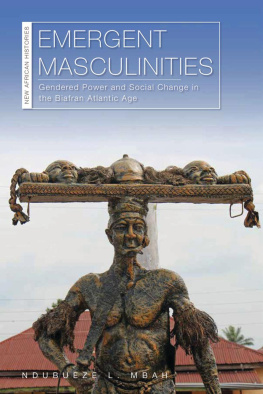
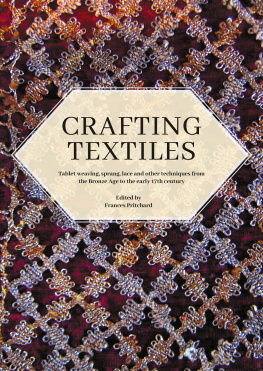
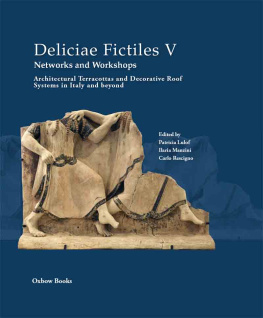
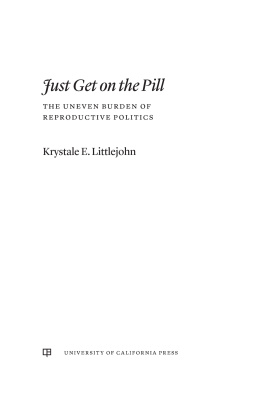
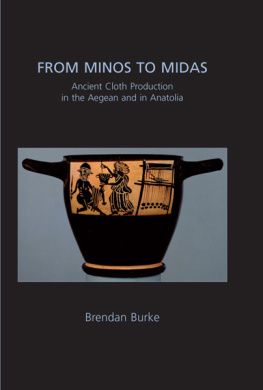

 The University Press of Colorado is a proud member of Association of American University Presses.
The University Press of Colorado is a proud member of Association of American University Presses.